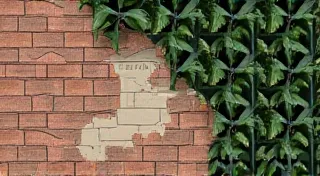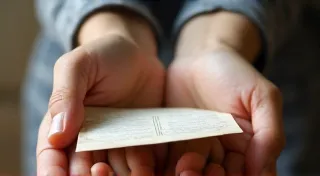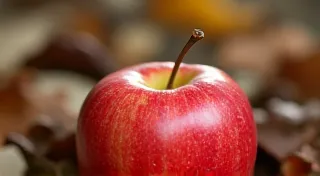The Collector’s Legacy: Passing Down a Postcard Story Through Generations
Maine. Just the name conjures images of rugged coastlines, dense forests, and the enduring spirit of New England. These sentiments are powerfully captured, not in sprawling canvases or monumental sculptures, but often in the delicate, rectangular form of a vintage postcard. More than just paper and ink, these cards are tiny portals to the past, preserving moments and stories that might otherwise be lost. And increasingly, these collections aren't just being built; they're being inherited, passed down as tangible links between generations, weaving a rich tapestry of family history and a shared appreciation for Maine’s enduring charm.
The story often begins with a grandparent—a traveler, a history enthusiast, or simply someone with a keen eye for beauty. For my own family, it was my great-grandmother, Elsie. She began collecting Maine postcards during the 1930s and 40s, carefully tucking them into an old shoe box. It wasn't a curated, cataloged collection; it was a haphazard gathering of impressions – a summer cottage in Kennebunkport, a bustling wharf in Portland, a steam train chugging through the Aroostook County potato fields. Decades later, that shoe box found its way to me, a young boy captivated by the faded colors and the echoes of a bygone era.

A Window to a Forgotten World
What struck me immediately wasn't just the pictures themselves, but the handwritten messages on the back. These weren't the generic "Wish you were here" greetings we see today. They were snippets of lives – updates from summer vacations, news of local events, expressions of love and longing. "Having a wonderful time at Camp Merryweather! The fishing is excellent!" reads one card from 1948. Another, postmarked from Bar Harbor in 39, simply says, “Missing you terribly.” These weren’t just greetings; they were time capsules, offering glimpses into the hopes, dreams, and anxieties of those who lived through a vastly different era.
The postcards themselves are often remarkable feats of craftsmanship. The lithography techniques used in the early 20th century produced images with incredible detail and vibrancy. Many were printed by prominent firms like Detroit Publishing Company, Curt Teich Company, and the Saalburg Publishing Company, instantly recognizable to postcard enthusiasts. The early cards, often known as "Real Photo Postcards" or RPPCs, were actually photographs that were printed directly onto postcard stock, providing a more realistic and intimate portrayal of Maine’s landscapes and people. These RPPCs are particularly prized by collectors for their historical significance and artistic merit.
My great-grandmother, Elsie, never explained her collecting habit in detail. It felt more like an instinctive response to beauty and a desire to connect with a changing world. I imagine her, a young woman traveling through Maine, eager to document the places she visited and the people she met. The cards represent a period of immense change – the rise of the automobile, the expansion of the railroad, the burgeoning tourism industry that began to transform Maine’s economy. They reflect a time when communication was slower, and a simple postcard could be a lifeline to loved ones.
More Than Just Paper: The Sentimental Value
The passing down of a postcard collection isn't just about inheriting a pile of old paper; it’s about inheriting a story. It’s about understanding the values and passions of those who came before us. My own children, initially indifferent to my obsession, are now starting to appreciate the power of these small pieces of history. They ask questions about the people pictured on the cards, wondering about their lives and their experiences. They marvel at the old-fashioned clothes and the horse-drawn carriages. They feel a connection to a past they never knew, but that is now inextricably linked to their own family history.
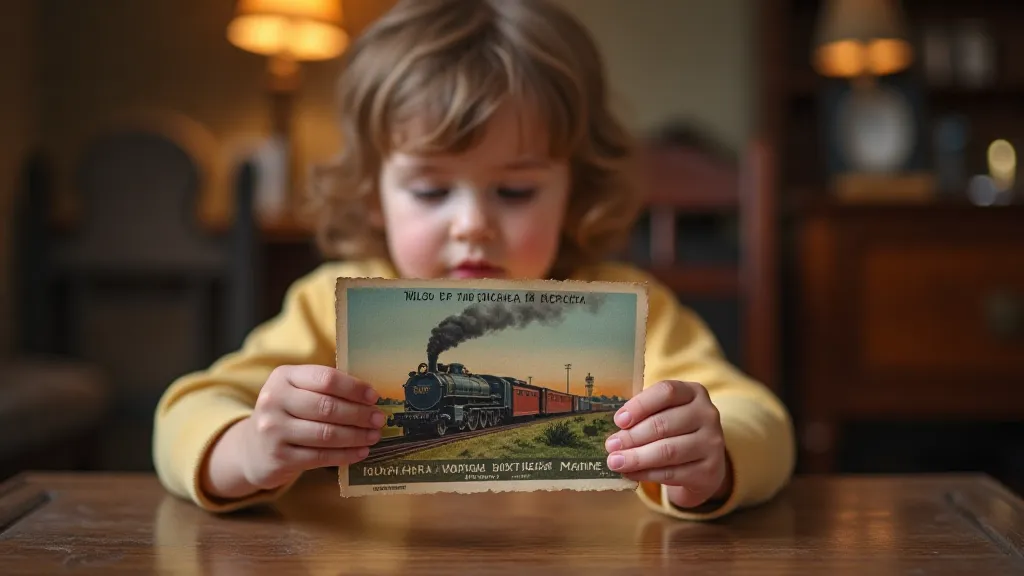
Restoration, of course, is often a consideration. Many vintage postcards are fragile, with torn edges, faded colors, and water stains. While some purists believe that any restoration diminishes the card’s authenticity, carefully cleaning and stabilizing a card can sometimes preserve it for future generations. Simple measures like storing cards in acid-free sleeves and albums can significantly extend their lifespan. The beauty of a vintage postcard, however, often lies in its imperfections – the creases, the faded ink, the handwritten messages – all of which tell a story of their own.
Connecting Generations Through a Shared Passion
Collecting vintage postcards, particularly those depicting Maine, isn’s merely a hobby; it's a way of preserving memory, of connecting with the past, and of passing down a legacy. These small rectangles of paper serve as tangible reminders of a simpler time, a time when handwritten letters and postcards were the primary means of communication. They provide a unique window into the lives of those who came before us, revealing their hopes, their dreams, and their experiences.
For me, the collection is a reminder of my great-grandmother, Elsie, and the life she lived. It's a reminder of the importance of family history, of the power of memory, and of the enduring beauty of Maine's landscapes. And, increasingly, it’s a way of sharing that story with my own children, ensuring that the postcard legacy lives on for generations to come. It’s a small, rectangular bridge connecting the past, the present, and the future, each card a whispered story waiting to be rediscovered.
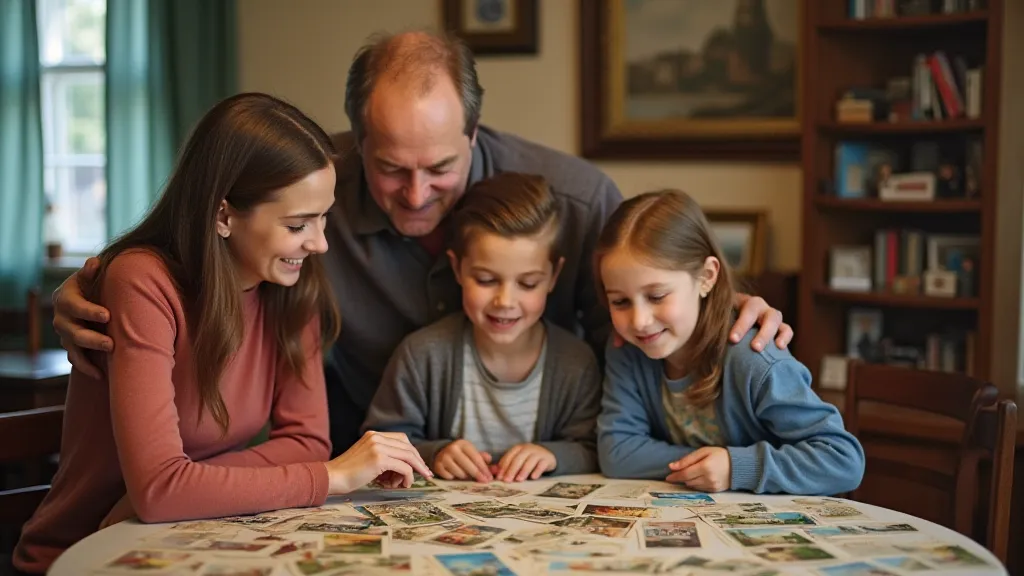
The enduring appeal of vintage Maine postcards lies not just in their historical significance, but in their ability to evoke a sense of nostalgia and connection. They are more than just pieces of paper; they are tangible links to the past, reminding us of the enduring beauty of Maine and the importance of preserving our family history.
